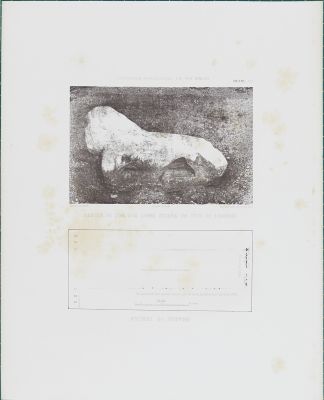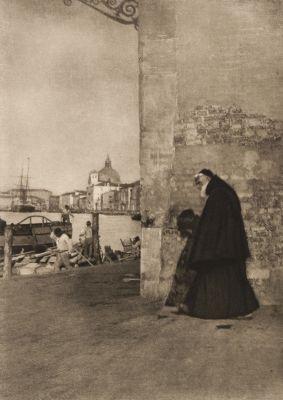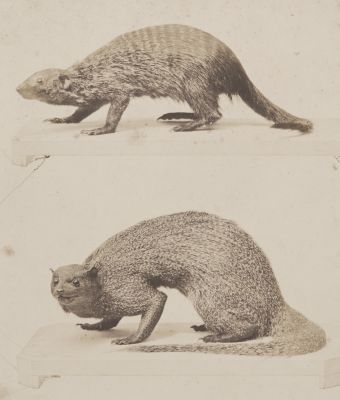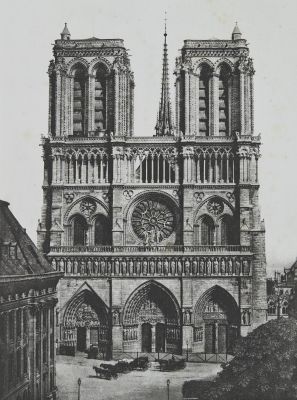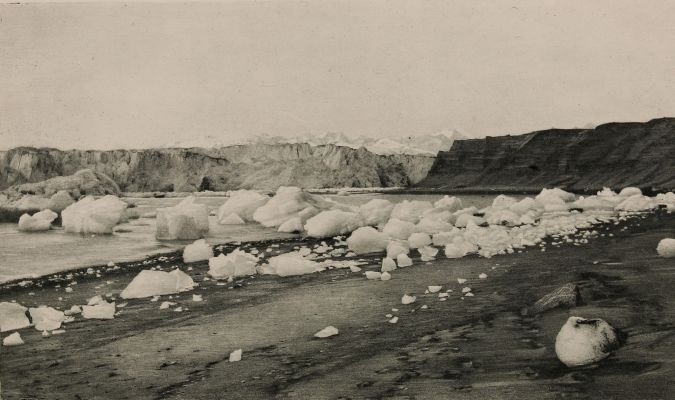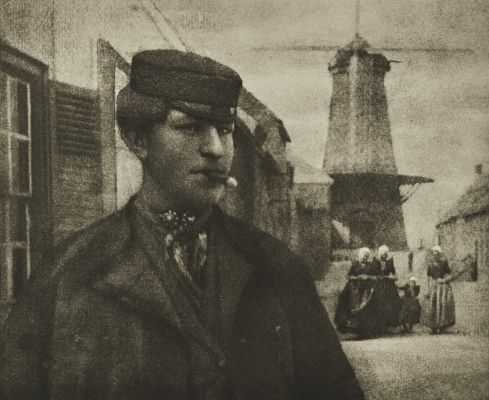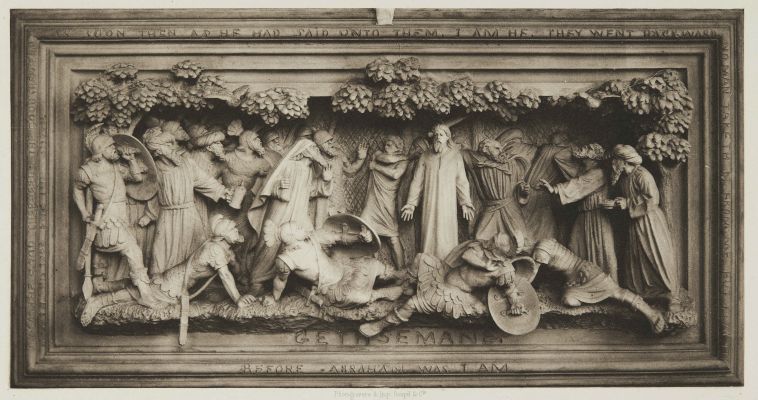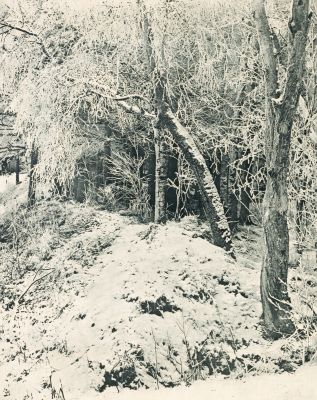
Title
Le plan de la ville cite 1853Universite Fauxbourgs de ParisArtist
Mante, Louis-Amédée (French, 1826–1913)Date
1853caProcess
LithophotographieAtelier
Mante, Louis-AmédéeImage Size
25 x 33.2 cmSheet Size
30 x 44.5 cm
Louis-Amédée built his own darkroom and laboratory at the age of sixteen. By 1844 he was a bassist with the orchestra of the Opéra in Pans and he remained a professional musician for fifty years. In the photography field, he was named as the possible inventor of the autochrome. Several of his uncovered images were evidently taken prior to 1900, years before the Lumières patented their autochrome plate in 1904.
Mante experimented with several photographic and photomechanical processes, resulting in a number of inventions: a process for using false ivory as a photographic support for the negative (1851); one of the first successful attempts at mechanical photo-reproduction (1853); refinements of heliographic engraving (1860s, early 1870s), a process for phototypography (reported to the Société Française de la Photographie in 1872); and possibly, production of a trichrome color photograph (1856, thirteen years prior to its official recognition). Much of his photographic work was done in collaboration with Goldschmidt. Several books and articles on Mante are being researched. [1]
Mante was a professional musician with the Paris Opera from 1848 to 1895 as well as a photographer. The Luynes committee, in 1867, noted that Mante had begun an engraving process as early as 1852 and wrote “About the same time M. Mante also made attempts at engraving, which he has since then improved and perfected, but without publishing his mode of operating.” (Waterhouse pg. 69) Mante was the first person to produce really fine results in 1853 using Niépce de. St. Victor’s heliogravure process. It is possible that Mante recognized that Niépce de. St. Victor’s process held greater possibilities than his own and so he applied his own method of creating the light sensitive varnish to it. Niépce de St. Victor (Traite Pratique, pg. X) notes Mante was instrumental in developing the sensitive asphaltum varnish for heliogravure. Mante worked with Riffaut producing plates from Bisson photographs for Photographie Zoologique at least eleven of which bear his inscription “Photochalcographie par Mante” or “Photographie sur acier par Mante.” Lacan, in his introduction to Recherches Photographiques makes mention of the plate of the two lizards as being by Madame Riffaut with the help of St. Victor. However the plate shown here, given by St. Victor to his uncle is by Mante. The 1854 plate of the two lizards is inscribed by Mme. Riffaut. And finally Niépce de St. Victor in his introduction to his 1856 treatise wrote: "A few months after the first call I made to the Academy of Sciences, an artist I am pleased to name Mr. Mante, won first remarkable results. I mean the beautiful engraving gravure tests on steel forming part of the book published under the title of d’Iconographie zoologique.” (pg. X) Intaglio 1853 Much later Mante also produced prints titled “Lithophototypie” – “procédé Mante” – He produced this form of printing for Catalogue des Pieces du Musee Dupuytren. Vol. II, 1877. These prints are usually referred to as collotypes, however they show an unusual reticulation pattern. According to his great-granddaughter, Jacqueline Millet, he was driven into severe debt because Paul Dupont, publisher of the Catalogue, didn’t pay him. [2]
Reproduced / Exhibited
https://gallica.bnf.fr/ark:/12148/btv1b84444921/f1.item.zoom#
References
[1] https://prabook.com/web/louis-amedee.mante/1720041 cited 01/14/24
[2] Hanson, David Checklist of photomechanical processes and printing 1825-1910, 2017
